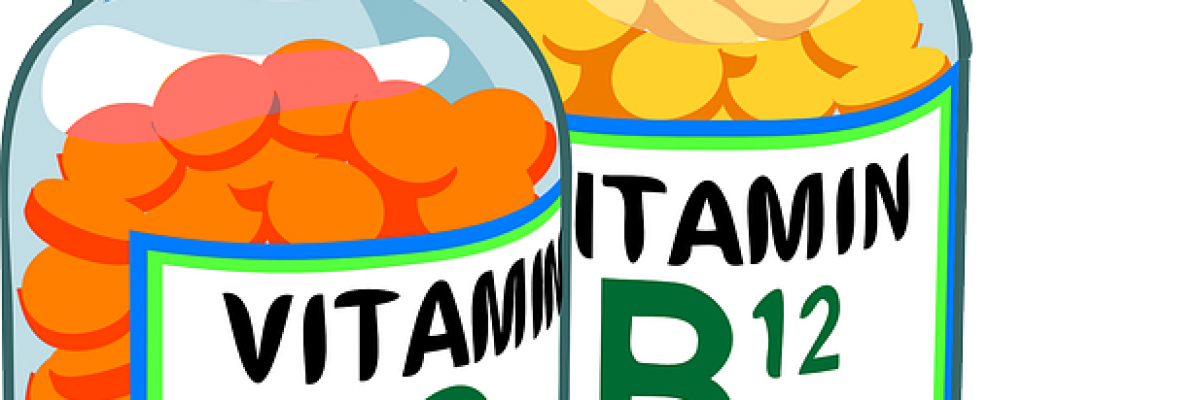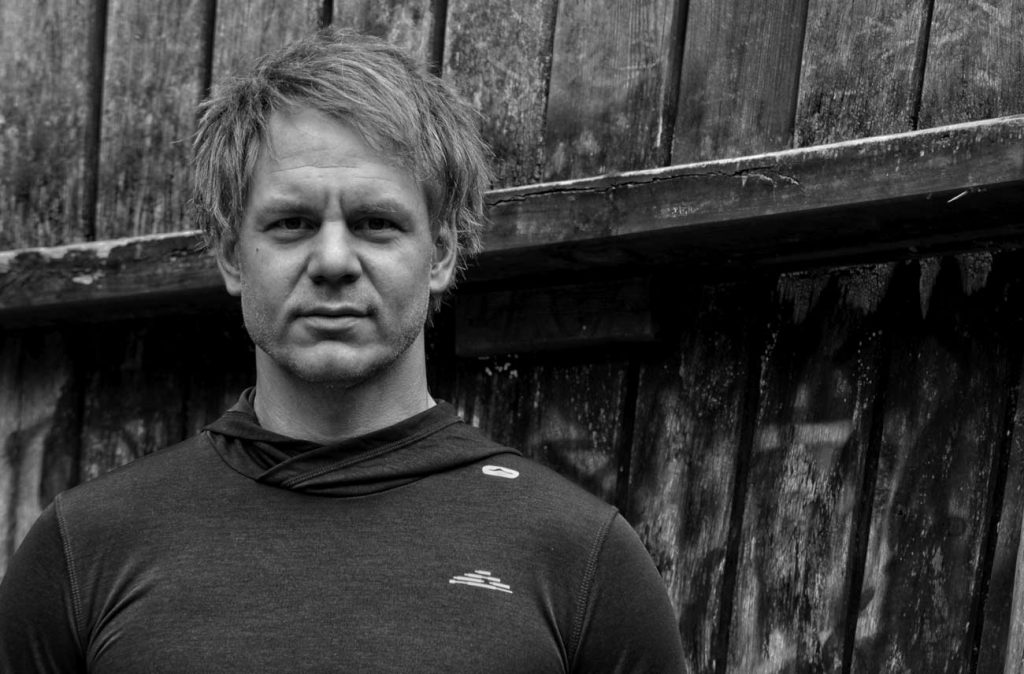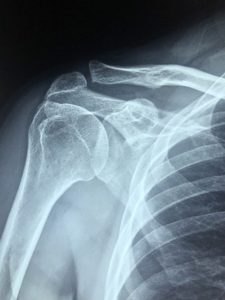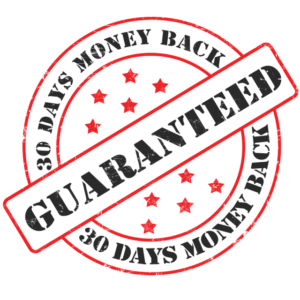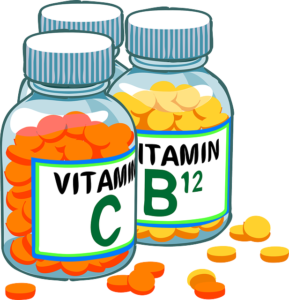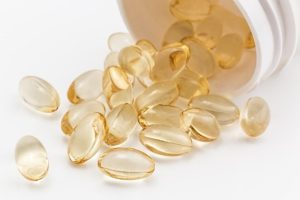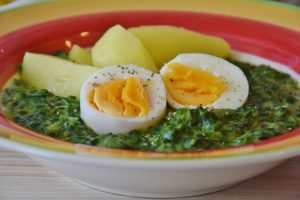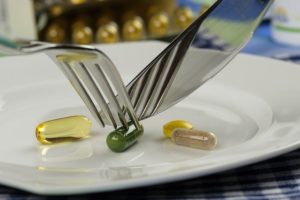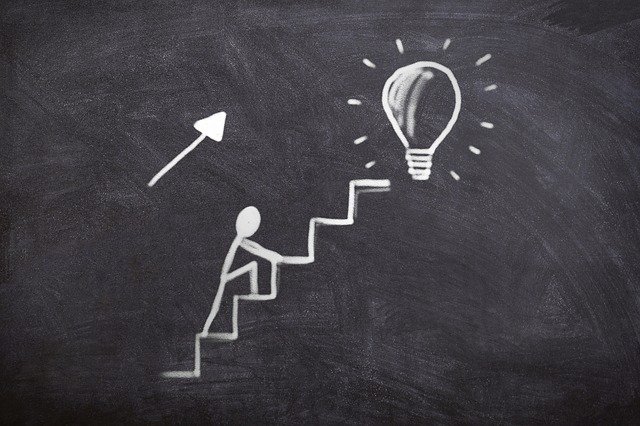The pain expert shows the main reason why supplements can sometimes do little or nothing for joint pain. At the beginning, yes, but only partially – right? But 100% ? Hm….Let’s dive into the world of “Understanding why it works and why it doesn’t.” Ready? Here we go…
Think back to the time when there was no pain. Running and jumping and moving was possible without thinking beforehand, just giving yourself over to it, without pain and without movement restrictions. How long ago was that? What was the difference to today?
If you believe the common theory, the person was simply younger. The wear and tear was not yet there. So why doesn’t everyone have the same problems? Why you? When you get older, that’s just the way it is. Full stop. Out. That is the ultimate reason. Right?
So why does one person have a shoulder problem, another a knee problem, a back problem or a problem with their fingers? But always different problems? If the genetic code is always the same. Why doesn’t the person with a problem in the neck also have a problem with the ankle? Good question, isn’t it?
I maintain: Pain arises in the joint in the areas that are always and constantly used at a certain angle. So the full possible angle of movement is not used, always only a partial range. Check that out for yourself. Am I correct?
Just two examples:
Finger pain – constantly using the fingers to type or to grasp something (as a craftsman, for example) But for typing and grasping you only need a small angle of the angle.
Back pain – when sitting with legs drawn, the angle taken is always the same in relation to the distance with the back. And in bed? The same angle is continued there. Because the person sleeps with their legs drawn up. In other words, sitting while lying down. Understandable?
Shoulder? How often are movements performed only in front of the upper body… and, and…. What happens in the joint? Where – according to conventional medicine – you can see (according to MRI or X-ray) that it is there and the joint disc is destroyed. So they must be right, right?
If a joint within the body is not used in the biologically possible range of motion, then the contact forces on the joints are too high. This was not a problem at all when I was young. The angles were not yet shortened and the wear and tear on the joints was not yet so high. That’s why there was no arthrosis yet. And no damn pain! So I have a buffer between 2 bones and the buffer is to prevent friction. That’s the plan.
But what if the contact pressure inside the joint is so strong that anything that could form new there is immediately crushed again. Can joint discs grow back? Yes, they can. There are studies on this. But if the pressure is too high, the growth is crushed.
Now I use nutritional supplements, because they are supposed to help. Right? But how is what I use supposed to get into the joint to help there? And if it gets there and the pressure is way too high to regenerate anything – does it make sense?
Let’s take a vice and I’ll clamp an apple in between, as a substitute for the joint disc. And slowly close the vice. What happens to the apple? Exactly. Would it help the apple to avoid being crushed if I injected the most expensive supplement money can buy into the apple before I tighten the vice? That’s why there is a certain effect at the beginning. But not permanently – right?
And as well as the times as a child, when the person had no idea what arthritis even was, that’s not an issue at all – Am I still correct? Wouldn’t it therefore make more sense to do something in addition to the supplement to normalise the contact pressure in the joint again? To a level where regeneration is not strangled?
Am I wrong? I am grateful for feedback and suggestions. And if you want to take a shortcut through expert knowledge, you know how to contact me.
Until next time.
Stay strong.
Matti

